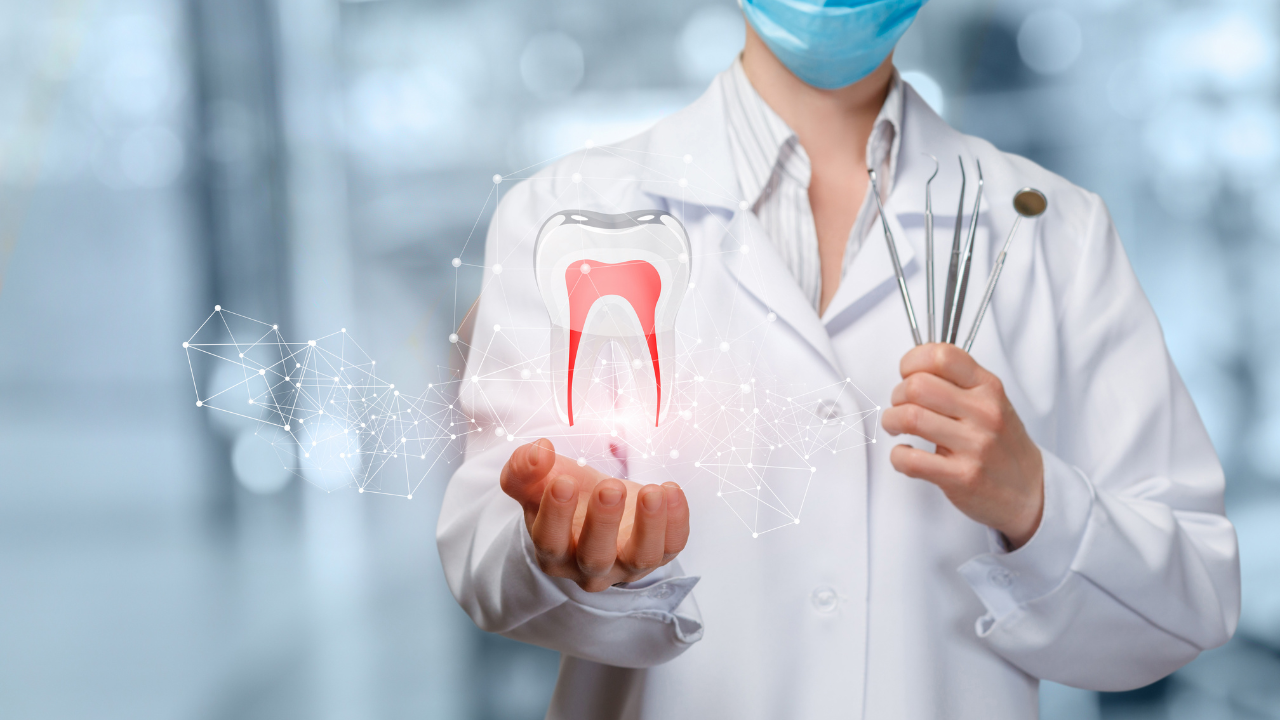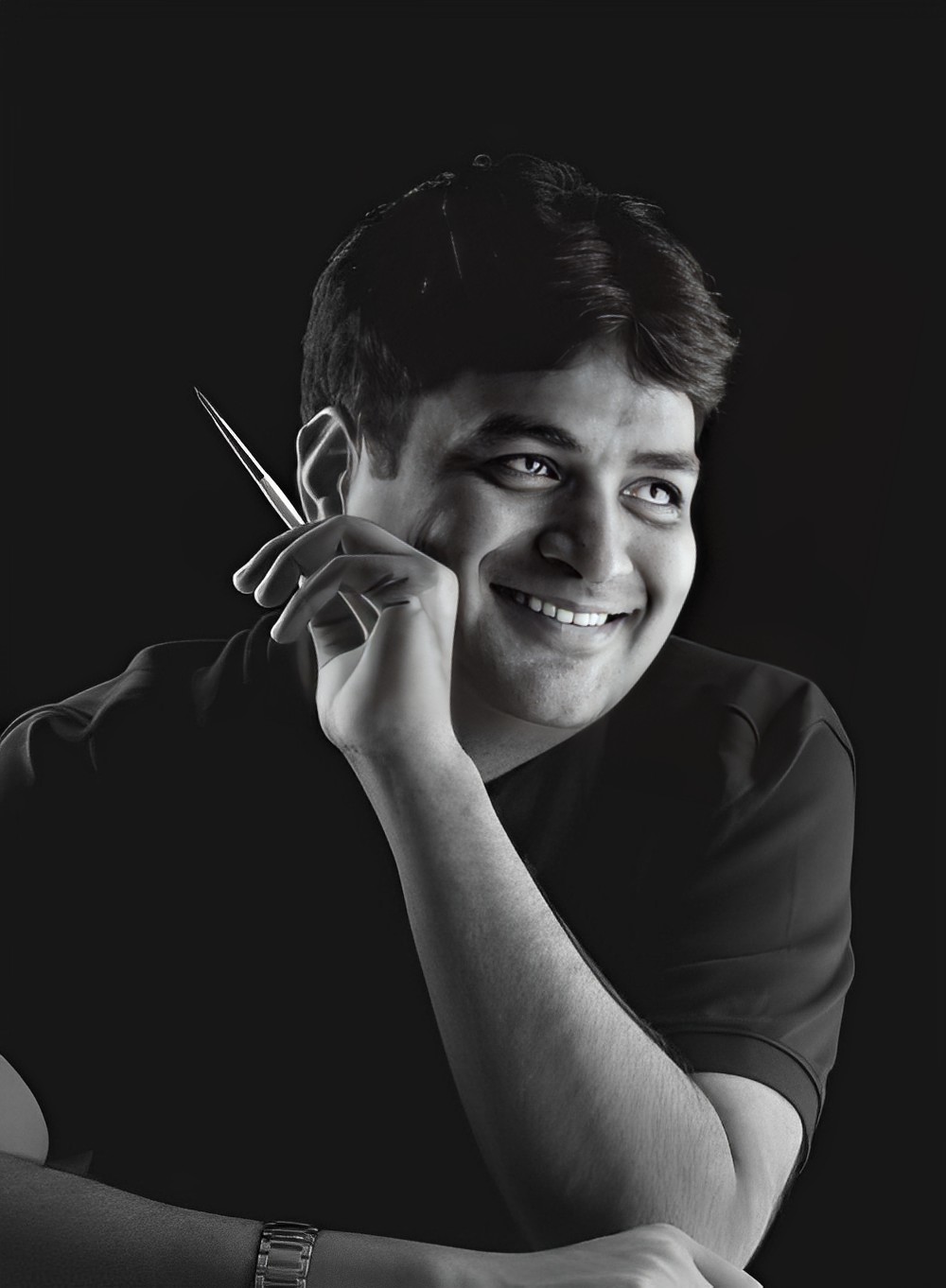
Digital Dentistry : Revolutionizing Dental Care
Posted March 2, 2023 by Haresh SavaniIntroduction to Digital Dentistry
In the past, dental treatments were limited to manual techniques and tools that had certain limitations. With the advancement of technology, the dental industry has witnessed a significant revolution in the way treatments are carried out. Digital dentistry has emerged as a breakthrough in the dental industry, with the use of digital technologies and equipment that have revolutionized dental care. Digital dentistry refers to the use of advanced digital technologies in dental treatments, including diagnostic tools, restorative procedures, and implant dentistry. In this article, we will explore how digital dentistry is revolutionizing dental care.
The Evolution of Dental Technology
Dental technology has come a long way since the early days of dentistry. In the past, the tools and techniques used in dental treatments were primitive and limited. However, with the emergence of digital technologies, the dental industry has witnessed significant changes in the way treatments are carried out. The first digital technology used in dentistry was digital radiography, which replaced traditional X-rays. Later, intraoral cameras were introduced, which allowed dentists to capture images of the mouth and teeth in high resolution. CAD/CAM technology followed, which allowed for the creation of digital impressions and the production of precise restorations. 3D printing technology was also introduced, which has further revolutionized the way dental treatments are carried out.
Advantages of Digital Dentistry
Digital dentistry offers several advantages over traditional methods. Firstly, digital radiography reduces the amount of radiation exposure for patients. Intraoral cameras allow dentists to capture images of the teeth and mouth in high resolution, providing a more accurate diagnosis. CAD/CAM technology allows for precise restorations, reducing the need for adjustments and reducing the risk of complications. 3D printing technology has made it possible to produce custom-made prosthetics and dental implants in a shorter time frame, reducing the need for multiple appointments.
Digital Dentistry Techniques
a.Digital radiography
Digital radiography uses digital sensors to capture images of the teeth and mouth, which are then displayed on a computer screen. This technique reduces the amount of radiation exposure for patients and provides a more accurate diagnosis.
b. Intraoral Cameras
Intraoral cameras are small cameras that are used to capture images of the teeth and mouth. These cameras provide high-resolution images that can be displayed on a computer screen, allowing dentists to identify dental problems that may not be visible to the naked eye.
c.CAD/CAM Technology
CAD/CAM technology is used to create digital impressions of the teeth and mouth, which are then used to produce precise restorations such as dental crowns and bridges. This technique reduces the need for multiple appointments and provides more accurate restorations.
d.3D Printing
3D printing technology has revolutionized the way dental prosthetics and implants are produced. It allows for the creation of custom-made prosthetics and implants in a shorter time frame, reducing the need for multiple appointments.
Applications of Digital Dentistry
Digital dentistry has several applications in the dental industry, including:
a.Diagnostic Tools
Digital radiography and intraoral cameras are used as diagnostic tools to identify dental problems such as cavities, gum disease, and oral cancer. These tools providemore accurate diagnoses, leading to more effective treatment plans.
b.Restorative Dentistry
CAD/CAM technology allows for the production of precise restorations such as dental crowns, bridges, and veneers. These restorations are created using digital impressions, which are more accurate than traditional impressions.
c.Prosthodontics
Digital dentistry has revolutionized the field of prosthodontics by allowing for the creation of custom-made prosthetics such as dentures, partial dentures, and implant-supported dentures. 3D printing technology has made it possible to produce these prosthetics in a shorter time frame, reducing the need for multiple appointments.
d.Implant Dentistry
Digital dentistry has also revolutionized the field of implant dentistry. Digital technologies such as cone-beam computed tomography (CBCT) allow dentists to capture 3D images of the mouth and teeth, which are used to plan and place dental implants with greater accuracy and precision.
Challenges of Digital Dentistry
Despite the numerous advantages of digital dentistry, there are also some challenges associated with this technology. One of the main challenges is the cost of acquiring and maintaining digital equipment, which can be prohibitively expensive for some dental practices. Another challenge is the need for training and education on how to use digital equipment effectively.
Future of Digital Dentistry
The future of digital dentistry looks bright, with new technologies and techniques being developed all the time. One area of focus is the development of artificial intelligence (AI) and machine learning algorithms that can analyze digital images of the teeth and mouth to detect early signs of dental problems. Another area of focus is the development of new materials and techniques for 3D printing dental prosthetics and implants.
Conclusion
Digital dentistry is revolutionizing the way dental treatments are carried out, offering numerous advantages over traditional methods. Digital technologies such as digital radiography, intraoral cameras, CAD/CAM technology, and 3D printing have transformed the field of dentistry, allowing for more accurate diagnoses, precise restorations, and custom-made prosthetics and implants. Despite the challenges associated with this technology, the future of digital dentistry looks promising, with new technologies and techniques being developed all the time.
FAQs
1. Is digital dentistry more expensive than traditional dentistry?
Digital dentistry equipment can be expensive, but it can also save time and money in the long run by reducing the need for multiple appointments and producing more accurate diagnoses and restorations.
2. Is digital dentistry safe?
Digital dentistry is generally considered safe, and in some cases, it can be safer than traditional methods due to the reduced amount of radiation exposure for patients.
3. Does digital dentistry require specialized training?
Yes, digital dentistry requires specialized training and education to use digital equipment effectively.
4. Can digital dentistry be used for cosmetic dentistry?
Yes, digital dentistry can be used for cosmetic dentistry procedures such as dental veneers and teeth whitening.
5. Is digital dentistry available in all dental practices?
Digital dentistry equipment may not be available in all dental practices, but it is becoming increasingly common as more dentists recognize the benefits of digital technology.
Leave a Comment
Your email address will not be published. Required fields are marked *


